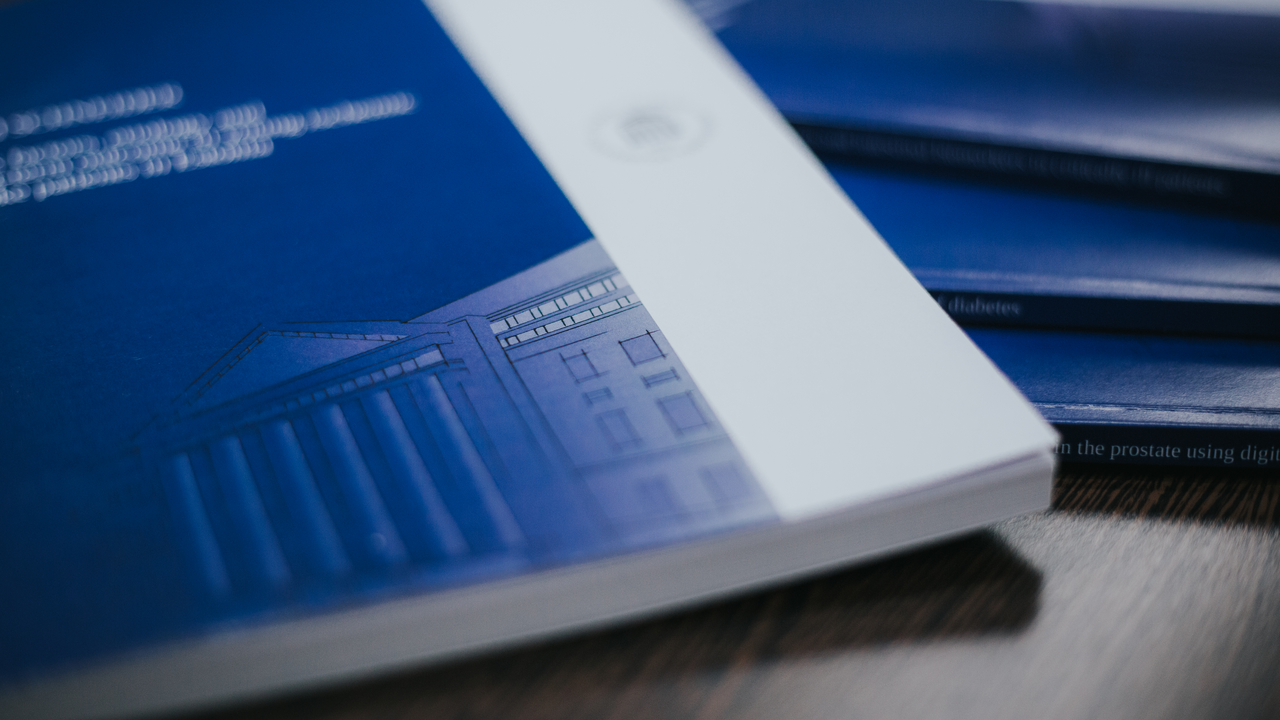-
Faculty of Arts and HumanitiesJakobi 2, r 116-121 51005 Tartu linn, Tartu linn, Tartumaa ESTJakobi 2 51005 Tartu linn, Tartu linn, Tartumaa ESTJakobi 2, IV korrus 51005 Tartu linn, Tartu linn, Tartumaa ESTJakobi 2, III korrus, ruumid 302-337 51005 Tartu linn, Tartu linn, Tartumaa ESTÜlikooli 16 51003 Tartu linn, Tartu linn, Tartumaa ESTLossi 3 51003 Tartu linn, Tartu linn, Tartumaa ESTÜlikooli 18 50090 Tartu linn, Tartu linn, Tartumaa ESTPosti 1 71004 Viljandi linn, Viljandimaa ESTJakobi 2 51005 Tartu linn, Tartu linn, Tartumaa ESTJakobi 2 51005 Tartu linn, Tartu linn, Tartumaa ESTFaculty of Social SciencesLossi 36 51003 Tartu linn, Tartu linn, Tartumaa ESTJakobi 5 51005 Tartu linn, Tartu linn, Tartumaa ESTLossi 36, ruum 301 51003 Tartu linn, Tartu linn, Tartumaa ESTNarva mnt 18 51009 Tartu linn, Tartu linn, Tartumaa ESTNäituse 2 50409 Tartu linn, Tartu linn, Tartumaa ESTNäituse 20 - 324 50409 Tartu linn, Tartu linn, Tartumaa ESTLossi 36 51003 Tartu linn, Tartu linn, Tartumaa ESTRaekoja plats 2 20307 Narva linn, Ida-Virumaa ESTRingi 35 80012 Pärnu linn, Pärnu linn, Pärnumaa ESTLossi 36 51003 Tartu linn, Tartu linn, Tartumaa ESTLossi 36 51003 Tartu linn, Tartu linn, Tartumaa ESTFaculty of MedicineRavila 19 50411 Tartu linn, Tartu linn, Tartumaa ESTBiomeedikum, Ravila 19 50411 Tartu linn, Tartu linn, Tartumaa ESTNooruse 1 50411 Tartu linn, Tartu linn, Tartumaa ESTL. Puusepa 1a 50406 Tartu linn, Tartu linn, Tartumaa ESTL. Puusepa 8 50406 Tartu linn, Tartu linn, Tartumaa ESTRavila 19 50411 Tartu linn, Tartu linn, Tartumaa ESTUjula 4 51008 Tartu linn, Tartu linn, Tartumaa ESTRavila 50411 Tartu linn, Tartu linn, Tartumaa ESTRavila 19 50411 Tartu linn, Tartu linn, Tartumaa ESTFaculty of Science and TechnologyVanemuise 46 - 208 51003 Tartu linn, Tartu linn, Tartumaa ESTNarva mnt 18 51009 Tartu linn, Tartu linn, Tartumaa ESTRiia 23b/2 51010 Tartu linn, Tartu linn, Tartumaa ESTRavila 14a 50411 Tartu linn, Tartu linn, Tartumaa ESTNarva mnt 18 51009 Tartu linn, Tartu linn, Tartumaa ESTRiia 23, 23b - 134 51010 Tartu linn, Tartu linn, Tartumaa ESTObservatooriumi 1 61602 Tõravere alevik, Nõo vald, Tartumaa ESTNooruse 1 50411 Tartu linn, Tartu linn, Tartumaa ESTJ. Liivi tn 2 50409 Tartu linn, Tartu linn, Tartumaa ESTVanemuise 46 51003 Tartu linn, Tartu linn, Tartumaa ESTVanemuise 46 51003 Tartu linn, Tartu linn, Tartumaa ESTArea of Academic SecretaryLossi 3 51003 Tartu linn, Tartu linn, Tartumaa ESTUppsala 6, Lossi 36 51003 Tartu linn, Tartu linn, Tartumaa ESTArea of Head of FinanceÜlikooli 17 51005 Tartu linn, Tartu linn, Tartumaa ESTArea of Director of AdministrationÜlikooli 18A (III korrus) 51005 Tartu linn, Tartu linn, Tartumaa ESTÜlikooli 18, ruumid 102, 104, 209, 210 50090 Tartu linn, Tartu linn, Tartumaa ESTArea of Vice Rector for ResearchW. Struve 1 50091 Tartu linn, Tartu linn, Tartumaa ESTArea of Vice Rector for DevelopmentNarva mnt 18 51009 Tartu linn, Tartu linn, Tartumaa ESTVanemuise 46 51003 Tartu linn, Tartu linn, Tartumaa ESTLossi 25 51003 Tartu linn, Tartu linn, Tartumaa ESTArea of RectorArea of Vice Rector for Academic AffairsUppsala 10 51003 Tartu linn, Tartu linn, Tartumaa ESTÜlikooli 18b 51005 Tartu linn, Tartu linn, Tartumaa EST
Doctoral defence: Laura Viidik “3D printing in pharmaceutics: a new avenue for fabricating therapeutic drug delivery systems“

On 15 March at 15:00 Laura Viidik will defend her doctoral thesis “3D printing in pharmaceutics: a new avenue for fabricating therapeutic drug delivery systems“.
Supervisors:
Associate Professor Ivo Laidmäe, University of Tartu
Associate Professor Karin Kogermann, University of Tartu
Professor Jyrki Tapio Heinämäki, University of Tartu
Opponent:
Professor Thomas De Beer, Ghent University (Belgium)
Summary
Precision medicine is an approach to enhance the prevention, diagnosis, and treatment of diseases to benefit a specific group of patients. Using this knowledge to select the most suitable active pharmaceutical ingredients (APIs) and doses enables us to achieve the optimal therapeutic efficiency. Three-dimensional (3D) printing is an additive manufacturing technique that has been proposed as tool for the application of these principles. In 3D printing, previously designed model is then layer-by-layer formed into desired object. 3D printing methods differ from each other based on layer formation and can dictate additional material considerations. 3D printing has been studied since 1980s and has been widely used in medicine these previous years. In pharmaceutics, 3D printing can be seen as a possible aid for fabricating personalised drug delivery systems. In 2015 the first 3D printed medicine Spritam® was authorised. In this dissertation, micro-extrusion-based and fused deposition modelling 3D printing methods were used. Suitable active substance and excipient(s) formulations were designed for both methods. Polymers used were polyethylene oxide and polycaprolactone, active substances indomethacin and theophylline. As classical does development, so does the implementation of novel technologies need thorough knowledge of material and process characteristics. Therefore, bulk material properties such as viscosity, physical characteristics, suitability for filament extrusion etc, and final drug delivery system characteristics such as drug release, reaction to heat and radiation were studied. In addition, a novel method for evaluating the 3D printability was designed. We can conclude from the results of this work, that 3D printing promises great aid in developing novel drug delivery systems.
The defence will be held in Teams.
Doctoral defence: Laura Viidik “3D printing in pharmaceutics: a new avenue for fabricating therapeutic drug delivery systems“


